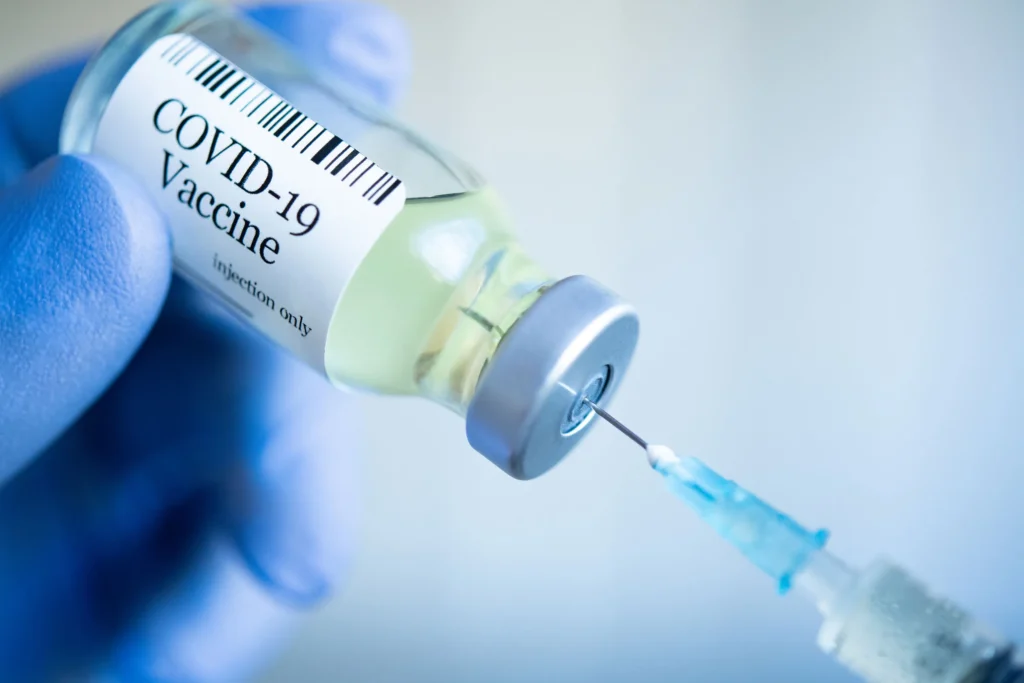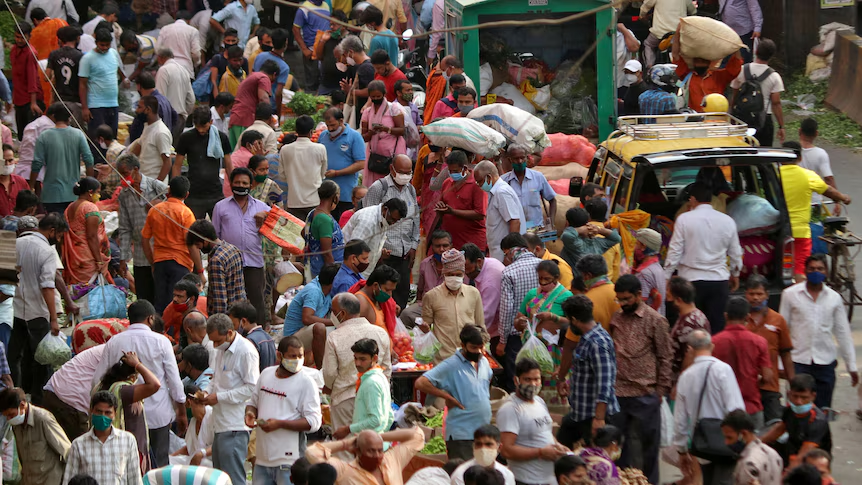
India is witnessing a fresh surge in COVID-19 cases as of mid-2025, marking a renewed phase in the ongoing pandemic. After months of relative calm, active infections have crossed the 5,000 mark, with the Ministry of Health and Family Welfare reporting 5,364 active cases nationwide as of early June 2025125.
States Most Affected
Kerala remains the epicenter of this resurgence, recording the highest number of new infections with 192 cases reported in a single day. Other states experiencing notable increases include Gujarat, West Bengal, Delhi, and Maharashtra, with daily new cases ranging from 30 to over 100 in some regions25. These states have ramped up surveillance and healthcare preparedness to manage the situation effectively.
Variants Driving the Surge
The current rise in cases is largely attributed to new COVID-19 variants circulating in India. The NB.1.8.1 variant, initially detected in countries like the UK, China, and Australia, has become predominant in several regions, including India. Another variant, LF.7, has also been identified in some cases16. These variants are characterized by higher transmissibility, although symptoms remain mostly mild.
Government and Health Sector Response
In response to the surge, the central and state governments have intensified efforts to prepare healthcare facilities. Hospitals across the country have conducted mock drills to ensure readiness, focusing on the availability of oxygen supplies, ventilators, ICU beds, and essential medicines24. Health authorities are also enhancing genomic sequencing of influenza-like illness (ILI) and severe acute respiratory infection (SARI) cases to monitor variant spread closely4.
Vaccination Status and Recommendations
India’s vaccination campaign has been one of the largest globally, with over 2.2 billion doses administered since its inception. Approximately 95% of the eligible population aged 12 and above has received at least one dose, and nearly 88% are fully vaccinated3. Although there is no official booster campaign underway yet, health experts encourage vulnerable groups, including the elderly and immunocompromised, to stay updated with their vaccinations4.
Public Health Guidance
State health departments have issued fresh advisories emphasizing testing, early detection, and adherence to COVID-appropriate behavior. Mask-wearing, hand hygiene, and avoiding crowded places remain important preventive measures, especially in hotspot areas4. Authorities urge the public to remain calm and cooperative while continuing to follow health protocols.
Looking Ahead
While the World Health Organization declared the end of COVID-19 as a global public health emergency in May 2023, the virus continues to circulate with periodic surges. The current situation in India highlights the importance of vigilance, vaccination, and robust healthcare infrastructure to manage ongoing risks. Continued monitoring of new variants and timely response will be critical to controlling future outbreaks.
This article offers an updated and comprehensive overview of the COVID-19 landscape in India as of 2025, suitable for your blog readership. It is based on the latest data and expert insights, ensuring accuracy and originality.





